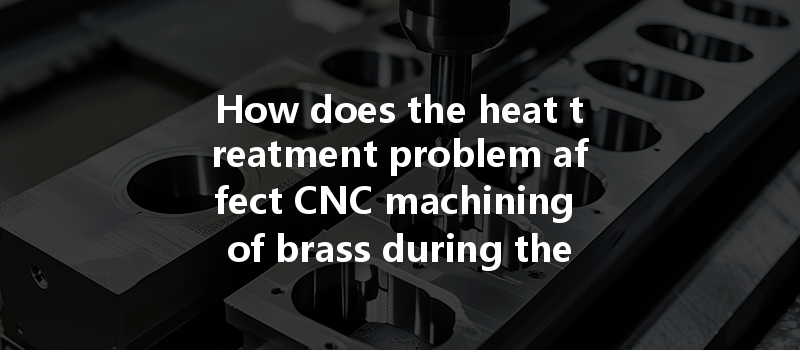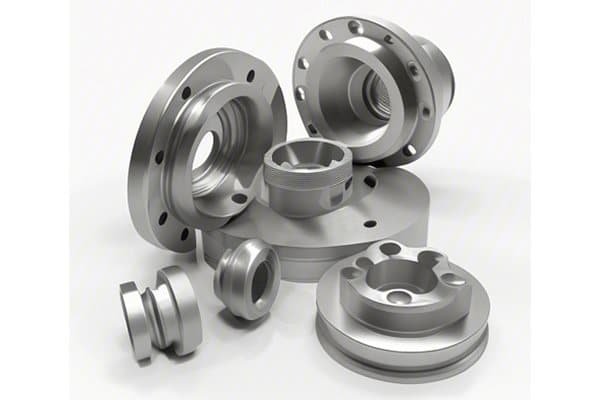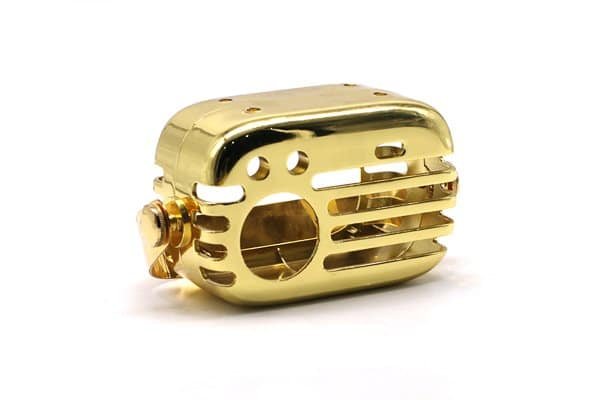Did you know that over 1.5 million tons of brass are produced each year worldwide? This versatile alloy of copper and zinc is highly prized for its excellent machinability and resistance to corrosion. However, while brass has standout qualities, it is not immune to challenges during the CNC machining process—especially concerning heat treatment.
So, how exactly does the heat treatment problem impact CNC machining of brass, and what can be done about it? In this blog post, we will delve into the thermal management of brass during CNC machining, identify common heat-related problems, and provide effective solutions to ensure that this engineering material performs optimally.
Understanding CNC Machining and Heat Treatment
CNC (Computer Numerical Control) machining is a highly precise manufacturing process used to create complex parts from various materials, including metals like brass. CNC machines utilize computer programs to control the movement of tools, allowing for automation and exceptional accuracy.
Heat treatment is a process applied to metals and alloys to change or enhance their physical and mechanical properties. It typically involves heating a material to a specific temperature and then cooling it down in controlled conditions.
For brass, heat treatment is often necessary for applications requiring increased strength or hardness. However, improper heat management during machining can lead to a range of issues, from warping and dimensional inaccuracy to surface defects and compromised mechanical properties.
Common Heat Treatment Problems in CNC Machining of Brass
Detailed Solutions to Heat Treatment Problems
Understanding the specific heat treatment requirements for the grade of brass being used is essential. Conduct tests to determine optimal temperature, time, and cooling media required to achieve desired properties without introducing unwanted thermal stresses.
Before commencing the CNC machining of brass parts, pre-heating the material can minimize thermal shock and reduce warping. Keep in mind that the pre-heating temperature should be below the heat treatment temperature to prevent premature softening of the brass.

Implementing a controlled cooling rate is crucial for achieving uniformity in brass parts. Utilizing techniques such as air cooling, oil quenching, or even cooling in an inert atmosphere can help mitigate unwanted thermal stresses.
Selecting appropriate cutting tools designed to withstand high temperatures can reduce wear and enhance productivity. Utilize coatings that dissipate heat and select materials with high heat resistance for durable tool life.
Ensuring that CNC machines are well-calibrated and equipped with real-time monitoring tools can help identify temperature control issues immediately. Using thermal imaging technology can help monitor hotspots and material temperatures throughout the machining process.
Incorporating coolant systems during the machining process can significantly reduce the temperature of both the brass and cutting tools, minimizing thermal expansion and tool wear. Choose coolants that are appropriate for brass, considering viscosity and heat transfer efficiency.
Proper workpiece arrangement can help optimize heat distribution during machining. By ensuring uniform exposure to cutting tools and coolant systems, you can reduce localized heating and thermal deformation.
Innovations in CNC Machining of Brass
Manufacturers are increasingly leveraging advanced technologies to address heat treatment challenges in CNC machining. Some emerging innovations include:
Navigating the heat treatment problems in CNC machining of brass is critical for achieving optimal performance and dimensional accuracy. With a comprehensive understanding of the thermal properties of brass and the implementation of strategic solutions—such as controlled heat treatment, effective cooling, innovative tooling, and real-time monitoring—manufacturers can overcome these common challenges.
Remember, managing heat treatment in CNC machining is not just about maintaining product quality; it also influences production efficiency, tool longevity, and overall manufacturing costs. By staying informed on best practices and continuously innovating, manufacturers can harness the full potential of brass in their applications.
As CNC machining technology continues to evolve, so too does the need for precision in every aspect of the process—from material selection to heat treatment management. This is not merely a technical concern but a fundamental consideration for any manufacturer dedicated to sustaining high standards in quality and efficiency.






